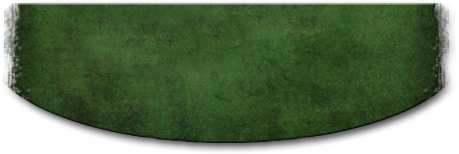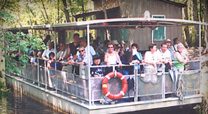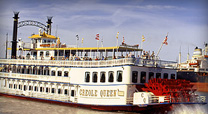Introduction to the Gulf Coast Wetlands
By definition, the site of the Jean Lafitte Swamp Tour is classified as a wetland, as it’s made up of waterways that weave through the land of the Barataria Preserve. That being said, wetlands are pretty important to us and whether or not they know it, also to everyone who lives and works along the Gulf Coast. That’s why we’re shedding a little light on what they are, why they’re important and what’s being done to protect them.
What Wetlands Are
A wetland is an area of land that is filled or soaked with water, also known as a swamp, marsh or bayou. Many wetlands, like ours, are occupied by trees, grass, shrubs and moss. They are the link between land in water – in our case, that water is the Gulf of Mexico.
What Wetlands Do
Wetlands are extremely important for many reasons. They provide a habitat for a number of wildlife and plants that thrive in its environment including alligators, birds, deer, cypress trees and much more. They also provide an ecosystem for some of our most delicious local cuisine like crawfish. One of the most critical purposes of wetlands is they act as a buffer and a shield against flood waters and storm surge caused by hurricanes and heavy rain. And another great benefit to wetlands – they create an amazing location for recreational activities like hiking, bird watching, kayaking and our favorite – swamp tours!
Wetland Protection
Wetland conservation is an important practice. According to the Gulf Restoration Network, the rate at which the wetlands have been eroding has increased over time and they are working on preventing further loss as much as possible. The Gulf Restoration Network participates in and advocates for conservation efforts like post-hurricane rebuilding, monitoring destruction of wetlands, preventing clear-cutting of coastal forests and watch-dogging state and federal agencies.













.jpg)


